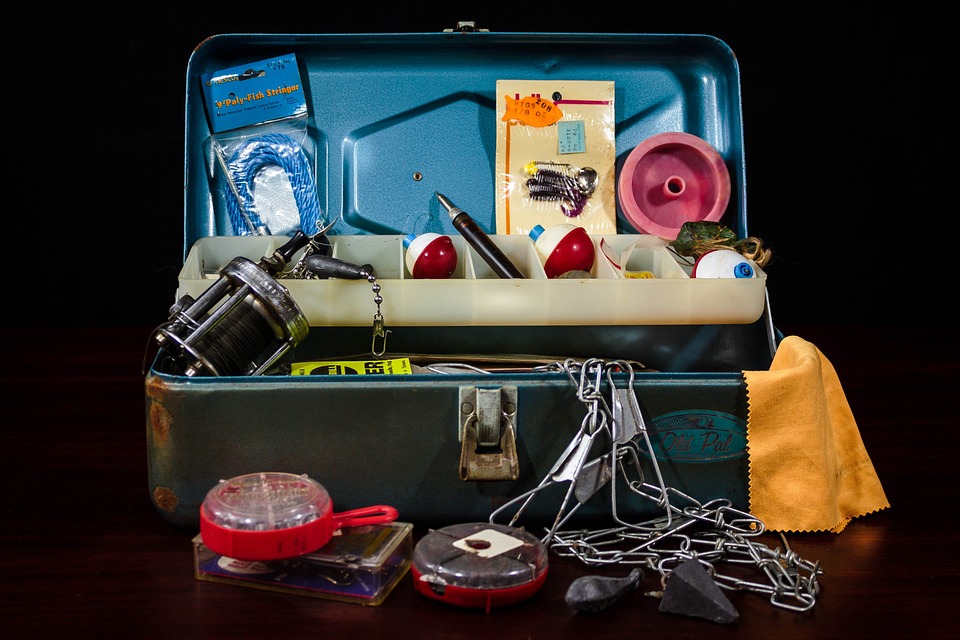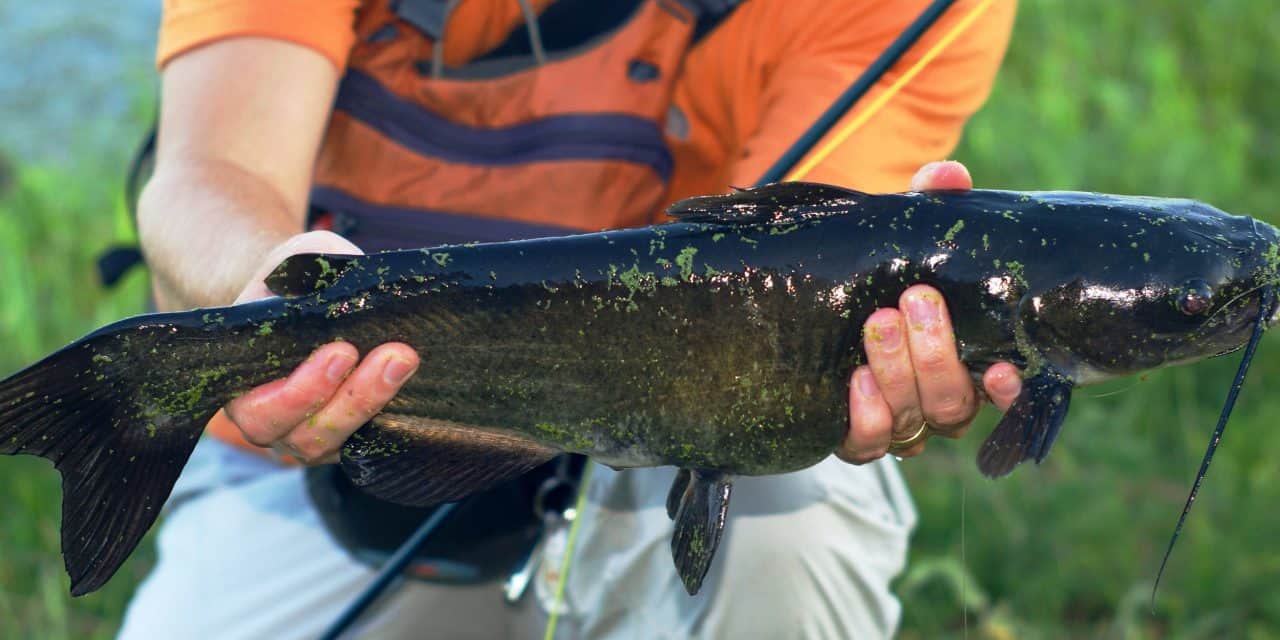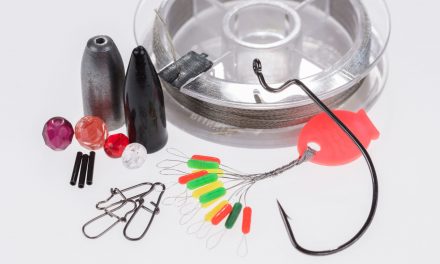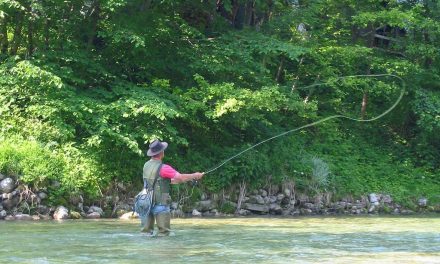Popular among anglers for a thrilling dog fight and delectable meat fried, baked, or grilled. Catfish are a favorite for avid fishermen who pursue them for weight, strength, and eating qualities. Among the species are channel, bullhead, flathead, and white and blue catfish, which all have unique traits. Alas, these bottom-dwelling giants can be hard to catch. As such, here are the best ways to catch a catfish.
Understanding Catfish
Catfish can thrive in many areas from mudflats, tributaries, marinas, piers, ponds, shallows, and fast-moving rivers. It varies depending on the species, but one thing that they have in common is their preference for murky water.
Furthermore, catfish are bottom eaters, they live off of the decay that sits at the bottom of any bodies of water. Even so, they have an impeccable sense of smell that’s so finely tuned it can zero into the part per million range. The barbels that they’re known for are excellent for locating food in the dark. To catch them, scent bait is important in addition to understanding their habitat.
There’s an age-old question as to when is the best time to catch a catfish. Yet, the answer is it depends on seasonality. Notorious as an early spring spawner, catfish will hit lines during the pre-spawn stage when they have an appetite. Once spawning has subsided, they fall into their summer patterns, where they are more likely to bite at night. More so, nibbles throughout the day are less likely, as well as fishing in clear water.
The Different Rigs for Catfishing

Image credit: 12019/10257 images via Pixabay
Drift Rigs
When fishing in shallow areas, like ponds or reservoirs, try a drift rig. The setup is the simplest catfishing rig, place an egg sinker 1 ft above the bait and set the line. Alas, the current that you are fishing in will determine the amount of weight needed. As such, with the drift rig, it’s a game of waiting for the rod tip to bend.
Slipfloat Rig
The idea of a slipfloat rig is to drift the bait near any locations where catfish may be hiding, without directly giving them the bait. Used with a slip bobber, slipfloat rigs invite the catfish to bite from a short distance. To set up from your mainline, use a uni-knot to attach a heavier line. Next, add on the slip bobber and a bead to keep it in place. In this fashion, you have made your new float line. Set it in the water and wait for the bobber to indicate that you have a fish on.
Slip Rigs
Alas, nearly identical to the drift rig, the slip rig utilizes an egg sinker suspended above the bait hook with a leader. In return, the bait hangs in the current and the catfish can take the line with minimal tension. However, this rig is not flawless, and the egg sinker can snag on debris or structures in the water. For best practices, use in areas that are more open, and free of fallen trees or waterlogged trunks.
Carolina Rig

Image credit: Furbymama via Pixabay
The Carolina rig is a tried and tested way to snag bottom feeders in addition to fishing in areas with a consistent current. To get started, attach a weight to the mainline before a swivel. After that, attract a leader with a snelled circle hook and cut bait. The bait will dance around in the current until it’s taken.
Poly Ball Rig
A better option when using live bait is the poly rig, which allows the bait to suspend in place while being inches from the ground. When fishing in areas with debris, this setup is a better option. The poly ball rig is the same as the slipfloat rig setup. Instead, of the slip bobber it uses a styrofoam ball on the float line. Cast the line out and let it be until the styrofoam balls bob with an indication of a catch.
Wolf River Rig (Three-Way Rig)
Best used in large rivers or areas with a strong current, the three-way rig uses a single swivel or a three-way swivel. As such, this setup sees a drop line with an egg sinker on it fed through the swivel eye. Ideally, the drop line should be made from a monofilament line due to its abrasion-resistant qualities and be 6-18 inches (46 cm) in length. From the mainline, attract a 2-3 ft leader to the swivel with a snelled hook at the end. Watch for a bend in the rod as a signal of a catfish.
What you Need for Catfishing

Image credit: JamesDeMers via Pixabay
- Medium-heavy rod.
- Spinning reel.
- Bait (live, fresh bait, artificial bait).
- Egg Sinkers in 0.5-2.0 oz weights.
- Monofilament line (14 lbs and higher).
- Hooks (single, treble, or circle hooks).
- Rod holders.
- Landing net.
- Pliers.
Optional for Catfishing Rigs
- Swivel hooks
- three-way swivel hook
- Leaders
- Slip bobber
- Styrofoam balls
- Beads
How to Catch a Catfish

Image credit: OlenaTs via Pixabay
Step One: Bait
Select the bait that you want to use. In the case of catfish, the stinkier, the better. If opting for fresh bait, try worms, minnows, or cut bait, these all work. Less conventional baits include chicken livers, cheese, and hot dogs. If you want to use artificial bait, then Berkley’s Gulp! Catfish Dough or Catfish Chunks are a must!
Step Two: Rods, Reels, Rigs, oh my!
Use a 6 ft to 7 ft medium-heavy rod with a spinning reel set-up. More so, pair this with a 14 lb or higher test per pound rated monofilament line. Otherwise, if utilizing one of the catfishing rig setups listed above, prep the mainline with any swivels, droplines, floating, or leaders.
Step Three: Hook and Sinker

Image credit: Peukeunong via Pixabay
More so, when selecting a hook, the bait you pick will determine your choice. If using artificial bait, use a single hook in sizes 10 to 12. Alternatively, you can use a treble hook in sizes 2 to 6, but it will be more difficult to get your hook out of the fish. Furthermore, when using live bait or cut bait, stick with circle hooks in 5/0 or 6/0, taking care to snell the hook. At last, you want the bait to drop to the bottom of the waterway and should have a weight on the line to ensure it stays in place. As such, go for an egg sinker with a weight running from 0.5 oz to 2.0 oz, depending on the current you are fishing in.
Step Four: Pack the Patience
Catfishing is a game of patience, this species likes to scavenge on the bottom of the water, and it can take time for the current to carry the scent of the bait. If you’re permitted to have more than one line in the water at a time under local fishing regulations, by all means, do so. Thus, this is where rod holders come in handy, you can set the rod and wait for the rod to bend.
Step Five: Dogfight or Catfight?
When you feel the mighty tug on your line, be ready for a fight. Most anglers make the mistake that using the drag will help to pull in the catfish. Therefore, the first thing you should do is maintain the tension on the line, but use the rod to pull the fish in. Be sure to have a net at the ready, the longer the catfish stays in the water, the higher the risk of having a snapped line. Once you have the catfish landed in your net, remove the hook from it with pliers. If you’re practicing catch and release, then throw it back into the water. Alternatively, if you plan on eating it, throw it in a cooler full of ice until you are able to fillet the scrumptious meat.
Pulling in the Line
Whether you’re a novice angler or a veteran, their size and power can be a challenge for anyone. More so, a dog fight will surely get the heart pumping. Regardless if it’s your first time or the hundredth time catfishing, this species can be hard to track down and makes a formidable target in the murky water. With many catfish species that dwell in freshwater, brackish water, and saltwater, catfish are widely available to many. Further adding to their popularity as a protein on dinner plates everywhere.






 E-Newsletter
E-Newsletter